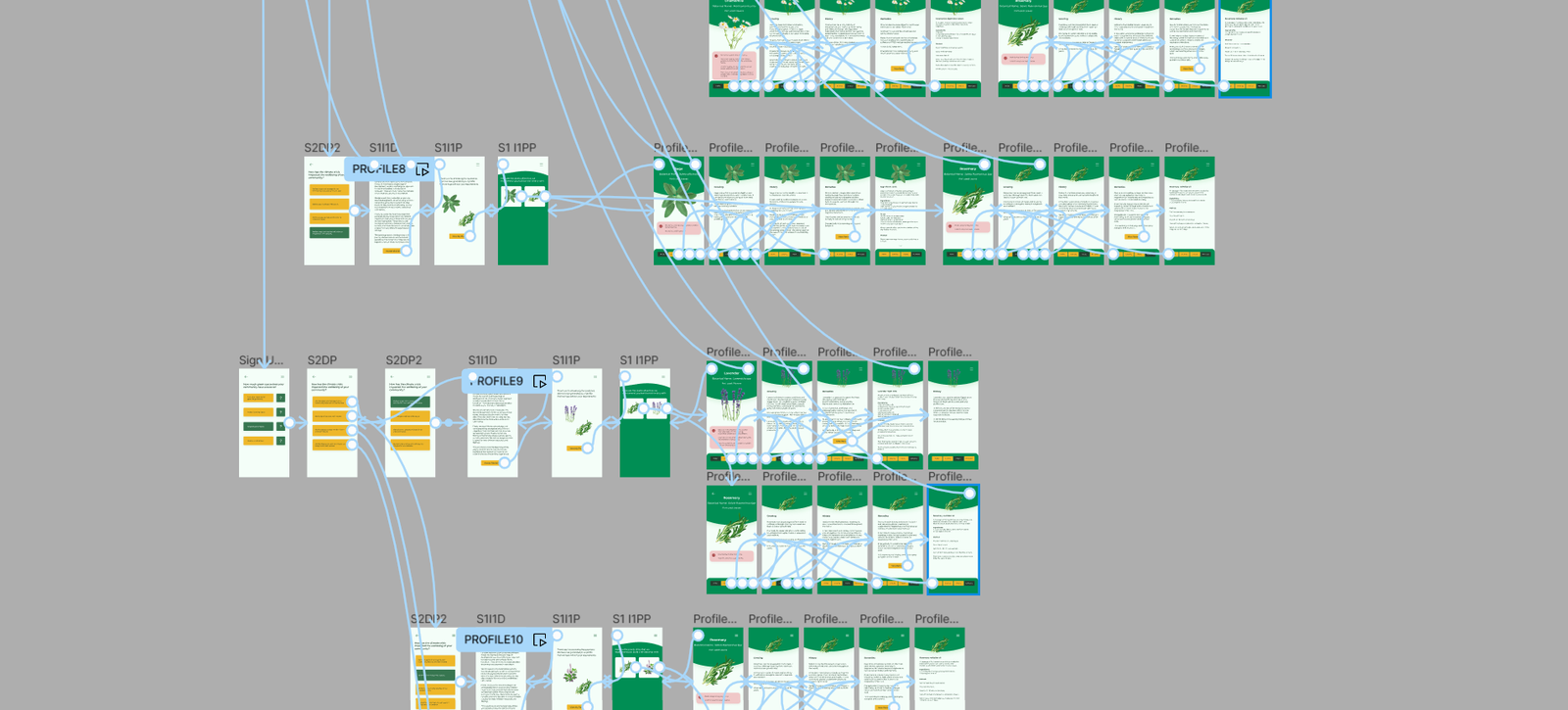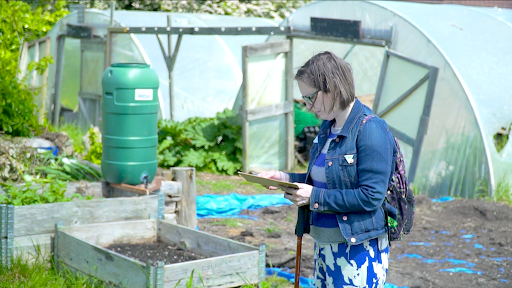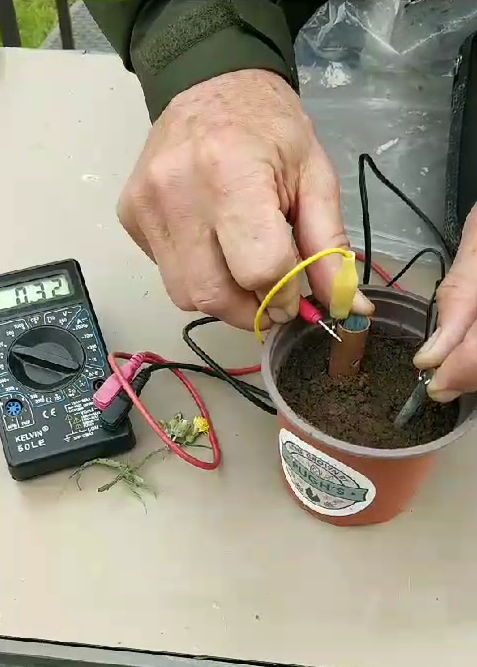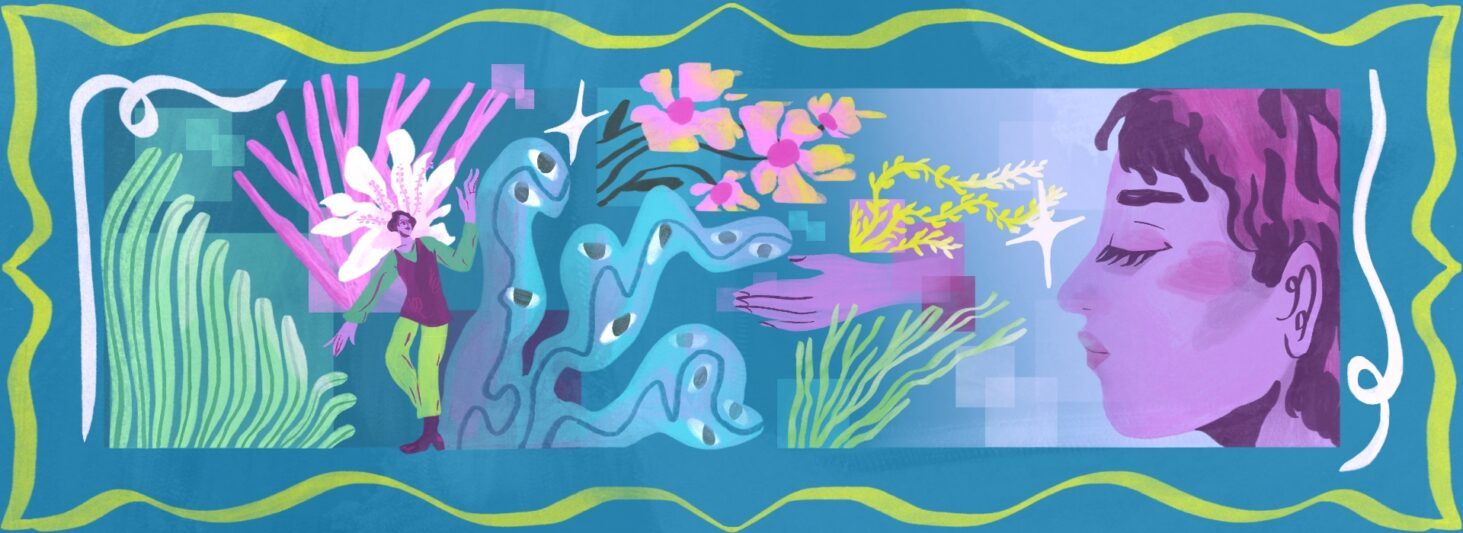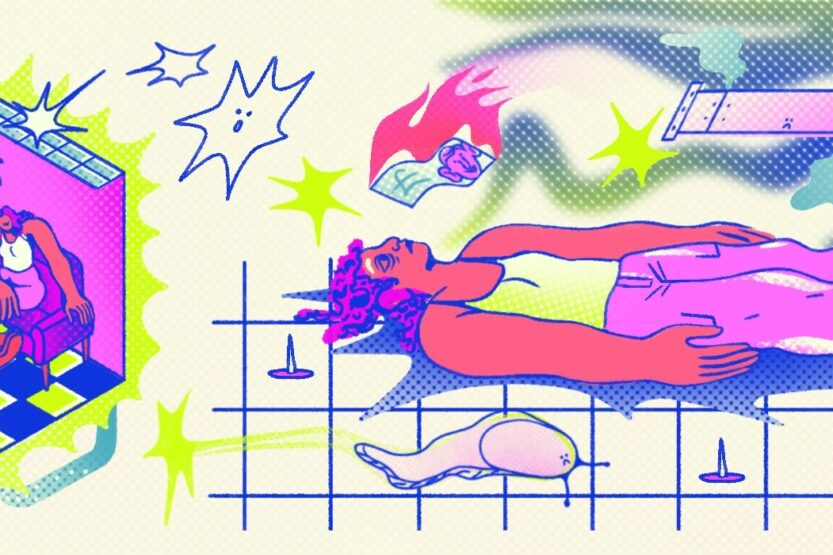Our cities have a serious nature deprivation issue. Friends of the Earth reckon 1 in 5 of us are nature deprived.
Evidence shows that in the UK if you’re white, you are three times more likely to have access to a garden than if you are Black. Almost 40% of people from Black and other minority ethnic backgrounds live in the most green-space deprived areas, compared to 14% of white people. And this compounds if you are from a low-income household or have a disability, with many public green spaces not being wheelchair accessible or have appropriate parking
Could technology help us build less nature deprived cities? As a bit of a luddite, and with research showing that our increasing use of screens hinders our connection to nature, my gut reaction is no. Meet the three interdisciplinary, intergenerational teams who disagree with me. Each, funded by a project called Grounding Technologies, have been experimenting with how creative uses of mundane and emerging technologies might actually help marginalised communities access and connect with nature.
“Herbalism has some answers to many of the problems caused by structural capitalism and climate injustice, from decolonised approaches to medicine to food sovereignty.” says Marcus Berdaut, founder of the Apothecary Network. “But unless you have access to your local community garden, you might not ever learn about this or engage with that knowledge or these resources.”
The Apothecary Network is a prototype app to support Black, brown and global majority communities to grow whether you have access to a garden or just a singular indoor plant pot. You describe the space you have access to, struggles or anxieties you or your communities may be facing, and where you live: the app connects you with a plant ally, growing advice and associated herbal remedies that fit your needs.
The idea is to make the barrier to entry for herbalism much lower, and connect people with the plants and plant wisdom that would be useful for them in an accessible manner. Folks from the diaspora can connect with ancestral knowledge. The app even connects herbalists with those keen to learn via seed sharing between communities, designed so users can log ancestral wisdom, histories, recipes to host an expanding community encyclopaedia of herbalism.
“To learn about herbalism, you need access to a herbalist,” Marcus explains. “The reason we started the Apothecary Network is to connect people to the existing communities who hold that knowledge.” Here, the tech very simply acts as a connector between communities; a facilitator of knowledge exchange. This is important work undoing generations of colonial violence which sought to separate people from their Indigenous lands and associated herbal healing medicines and practices.
Their team is clear: the transformative potential of herbalism is significant, on an individual, community and societal level. But once again the conversation comes back to access, and this app aims to tackle two issues at once: access to knowledge and access to space. I reflect – most people have a phone, but not everyone has a garden, so it’s approaching nature connection by understanding how to leverage what people have already.
“The Apothecary Network works to connect people with nature in a very practical way, while still taking steps to meaningfully address injustices within their communities,” explains Marcus. “Even if it’s just a little windowsill apothecary, that is meaningful.”

DIY sensing tech on the local allotment
With people increasingly squished into flats with declining access to gardens, the waiting lists for allotments in the UK are up to 15 years long. And when you get to the top of that list, it’s likely it won’t be accessible if you have a mobility impairment.
Knowle West Media Centre, a community organisation in south Bristol, operates a living lab out of a local allotment. Living labs bring innovation out of the university and corporate environment inviting citizens into the process. Working with disabled creatives, they are experimenting with DIY community technology to redesign green spaces to be more inclusive and foster a deeper connection with nature.
“There is this question about whether we really need technology for enhancing access to nature” explains Paul Granjon, a lo-fi technologist. “And for our Garden Lab, the technology can make the invisible, visible.” Experimenting with macro-scopes designed for wheel-chair users, which capture magnified angles of the soil, mud batteries and robot snail cameras, the DIY tech was co-designed with the community to bring all folks closer to nature.
“We can never truly see from the perspective of other living beings, but some of these accessible sensing technologies can help us to understand what they might be experiencing.” explains Ruth, disabled interdisciplinary designer and accessibility advocate.
“We all have constraints. Whether you’re able-bodied or not, you can’t see microbes and you can’t wander through a burrow. It’s about noticing all of our limitations and how technology might assist us and help us think and design spaces differently with nature and disabled folks in mind.” Here, the technology facilitates connectedness to nature, sensing beyond-the-human, and helps create research and green spaces where folks of all abilities can learn and play.
Multi-sensory healing experiences
We know how access to nature and nature experiences have healing properties. In Friends of the Earth’s recent inquiry into disabled nature deprivation, they emphasised how disabled communities feel frustrated at how when there is access in green spaces, it’s always a ‘careful experience – like a gentle flat trail around a National Trust Garden.’ Spending time in nature is an immersive experience and disabled folks want to feel the same as everyone else: wet, cold, tired, hot, itchy, to feel fully immersed and alive.
“My brothers are autistic and growing up I’ve witnessed how hard it is for my parents to engage my brothers in nature because of just a lack of access to certain spaces,” explains multidisciplinary artist Emmanuella Blake Morsi. “And I’ve always felt they’ve missed out on stuff that is quite core for healing.”
She’s been busy talking with neurodiverse and disabled communities to design Where Do We Go When We__?, a multisensory nature inspired experience for play, healing and engagement with the natural world which can meet them where they’re at. “We collected so much data and 90% of respondents feel disconnected with water and miss it the most.”
Emma is asking how we might use technology to meet the needs of those who have to be careful with germs and contamination, people with chronic illnesses or who spend time in hospital, alongside the many disabled and neurodiverse city-dwellers who don’t have access to wild bodies of water.
“Using technology to create multi-sensory nature-inspired, immersive experiments and installations which mimic nature, and therefore nature’s benefits,” Emma explains. “What experiences do people need? What are the barriers? And technology becomes the medium to experiment. You can’t just bring a water fountain into a hospital space but hospitals are a place where people could really benefit from feeling immersed in nature.”
Tech for communities by communities
While these issues may seem niche, it’s because the technology is being designed and utilised in a hyper local context for and by the communities which are facing the impacts of nature deprivation.
Subscribe to shado's weekly newsletter
Exclusive event news, job and creative opportunities, first access to tickets and – just in case you missed them – our picks of the week, from inside shado and out.

Designing technological interventions that directly challenge the practices of ‘big tech’ is hard.
“You need to have a process which puts community both at the heart of the way the technology is designed and built, as well as its outcomes.” Marcus reflects. “We’ve sought to create something that honoured the many people we consulted with, that continues to strengthen and engage the community. It’s about a design process that isn’t exploitative or extractive, and builds on the community rather than taking from it.”
I have to remember that while screens have been a nightmarish addiction for some (myself), for others they have opened up the world. A hybrid world can be a more accessible and connected one: to each other and to nature as well. The interventions here are interesting because the tech comes second. None of the teams are saying looking at a photo of a tree is the same as being in a forest, but for those who can’t get to a forest, how might we use tech to create a forest where they live.
These technologies support bringing nature into where we already reside, envisioning a future where nature and the city are more blurred, and access to it is built into the infrastructure of window-sills, hospitals and gardens.
What can you do?
- Intrigued at the relationship between creative technology and climate action? Check out the rest of the Grounding Technologies projects here
- Check out Nowadays On Earth. They explore contact with nature in the digital age and the relationship between tech and green equity policy, keep an eye out for their events and labs!
- Interested in radical approaches to herbalism when you’ve got no space to grow? The Solidarity Apothecary’s Prisoners Herbal explores the herbalism from inside prison walls using plants commonly found in prison yards
- Gagging to make your city more green? Introducing Guerilla Gardening!!
